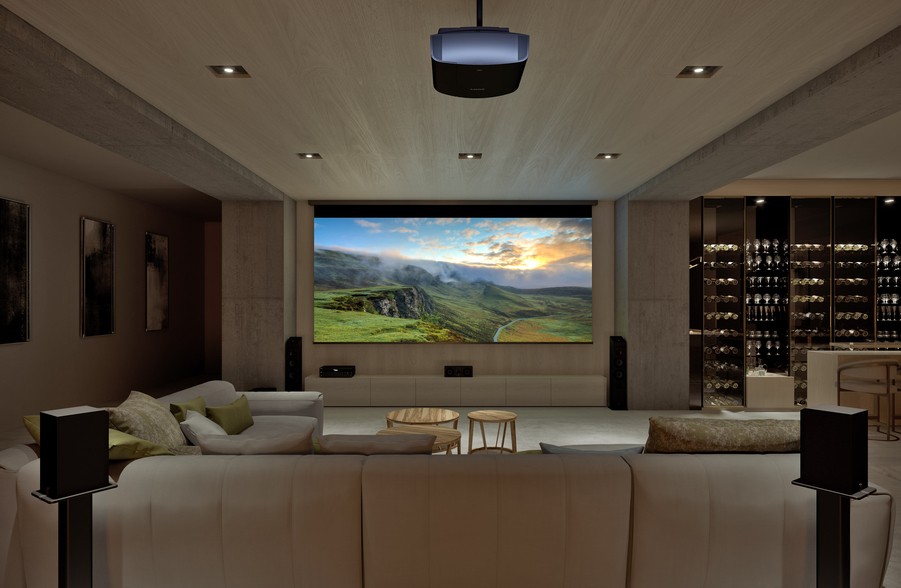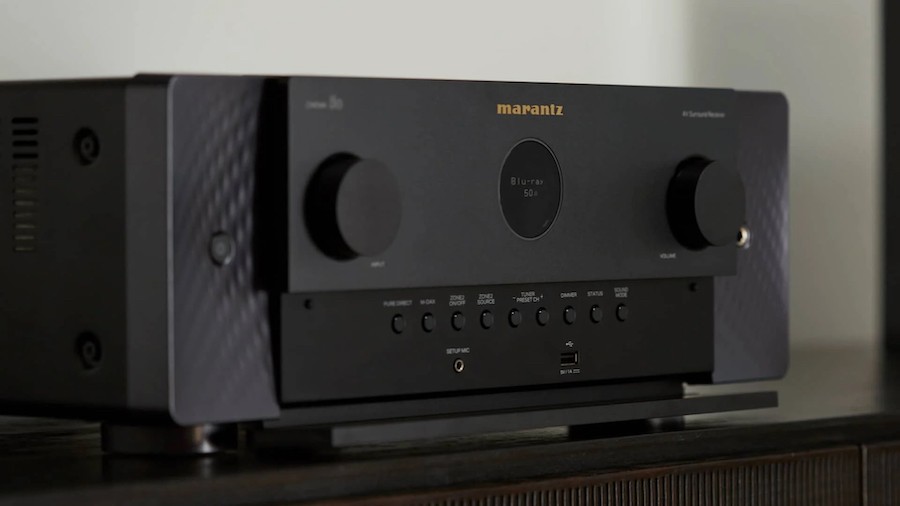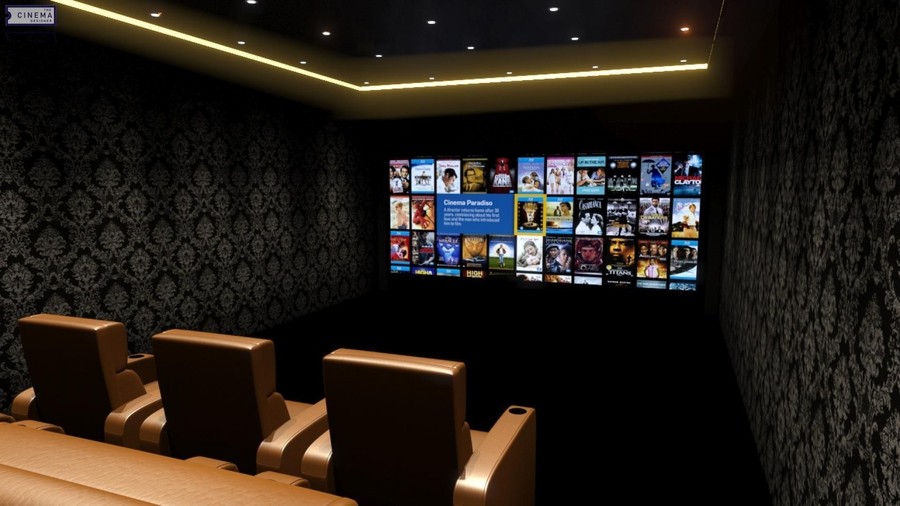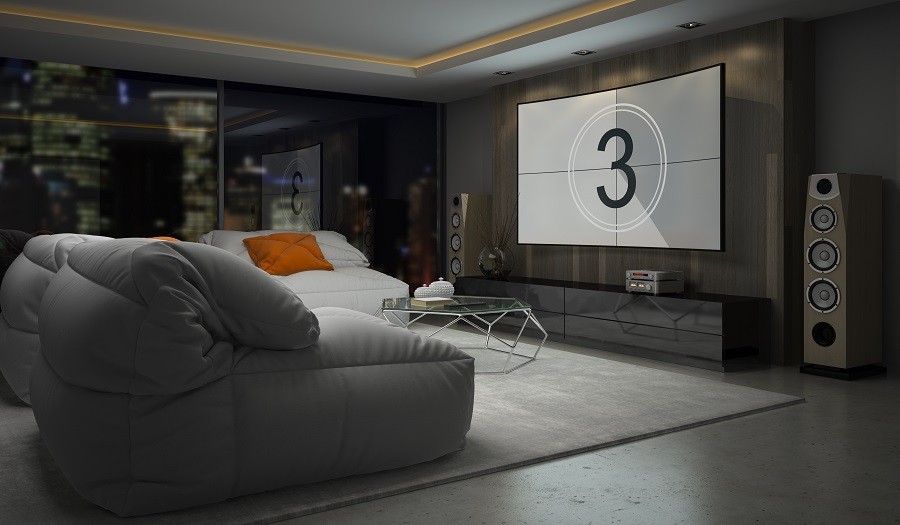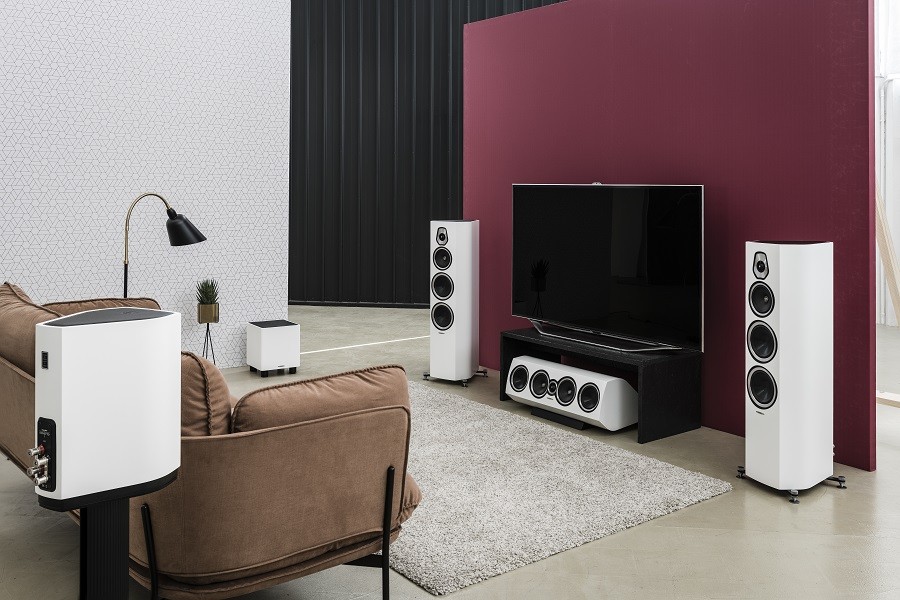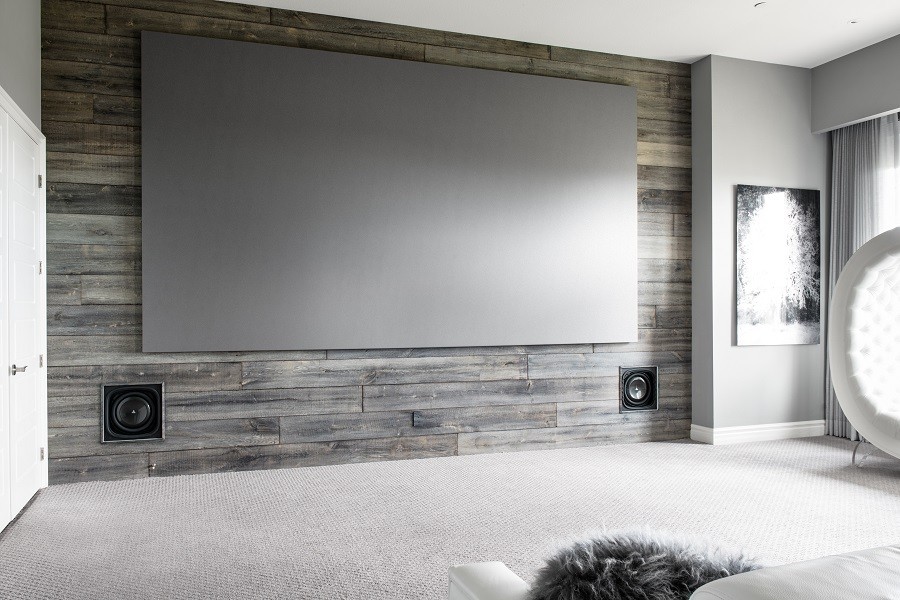Setting New Benchmarks for Audio Performance
You might have yet to hear of the RP22 standards, and no one would expect that you have. Indeed, RP22 is a groundbreaking new initiative and collaboration in the consumer technology and integration industry that promises to elevate standards for audio performance. As a technology integrator, we’re very excited to have specific, measurable benchmarks for what it means to create an immersive audio experience in your Park City home. And for you, whether you enjoy games, movies, Netflix, or all of the above, it sets clearer expectations for the type of performance—and level of immersion—you can experience in your home theater, media, or living space. Please keep reading to learn more!
